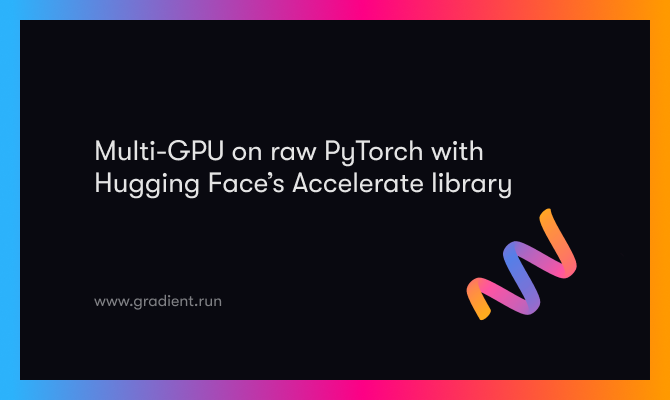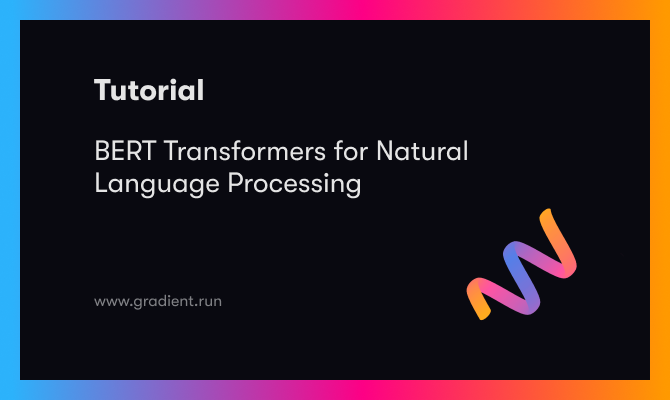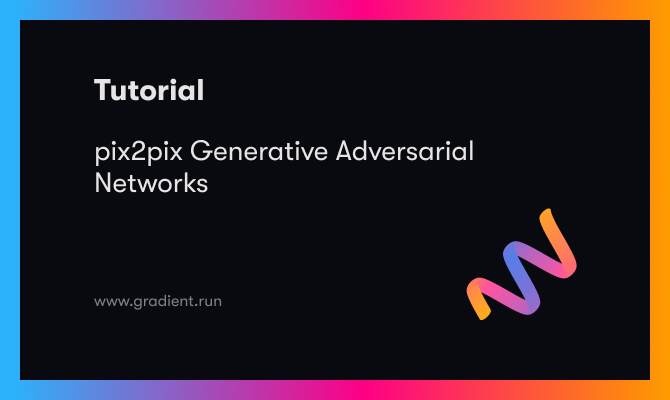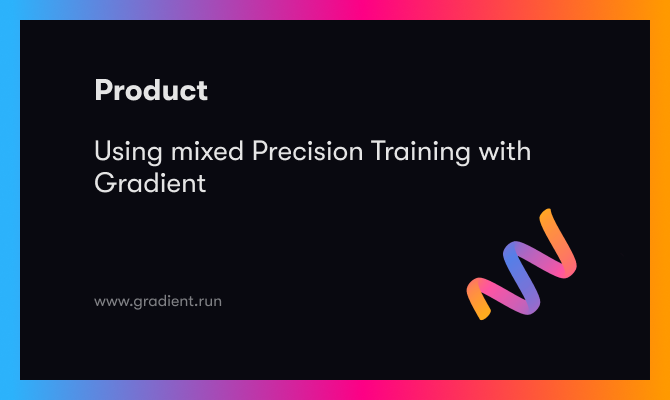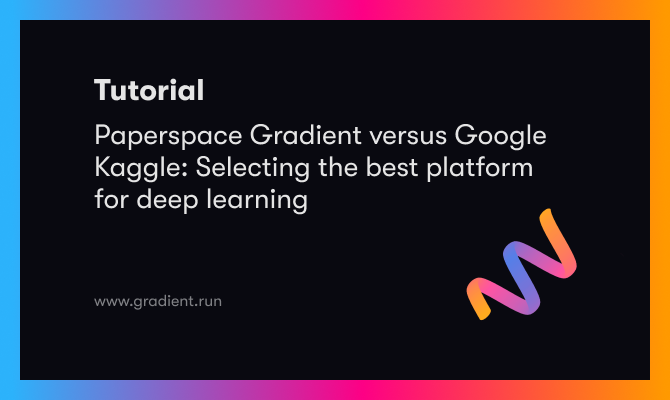
Paperspace Gradient versus Google Kaggle: Selecting the best platform for deep learning
In this article, we break down the differences between the capabilities of Gradient and Kaggle. Use this guide to pick the best platform for you!
In this article, we break down the differences between the capabilities of Gradient and Kaggle. Use this guide to pick the best platform for you!
In this article, we examine HuggingFace's Accelerate library for multi-GPU deep learning. We apply Accelerate with PyTorch and show how it can be used to simplify transforming raw PyTorch into code that can be run on a distributed machine system.
In this tutorial, we examine how the BERT language model works in detail before jumping into a coding demo. We then showed how to fine-tune the model for a particular text classification task.
This blog breaks down the strengths and weaknesses of the Kaggle platform, lists the qualities a data scientist should seek in a ML ops platform, and suggests a number of alternatives to the readers to try out: Gradient, Colab, and Sagemaker.
In this tutorial, we show how to construct the pix2pix generative adversarial from scratch in TensorFlow, and use it to apply image-to-image translation of satellite images to maps.
Announcing new and expanded Ampere GPU availabilities on Paperspace!
Learn how to write and implement AlexNet from scratch in Gradient!
This guide breaks down the capabilities of the Tensor Core technology used by the latest generations of Nvidia GPUs.
This blog post details the concept of mixed precision training, its benefits, and how to implement it automatically with popular Deep Learning frameworks PyTorch and TensorFlow.
